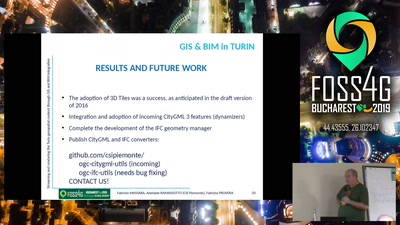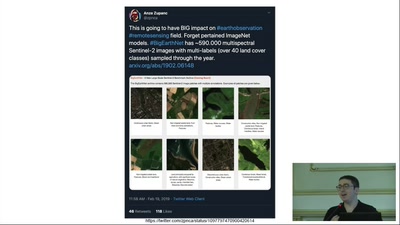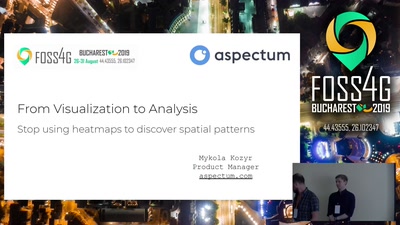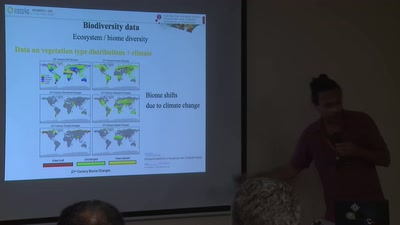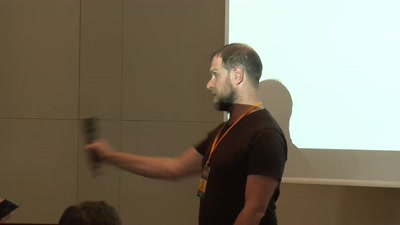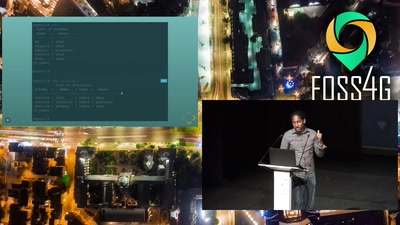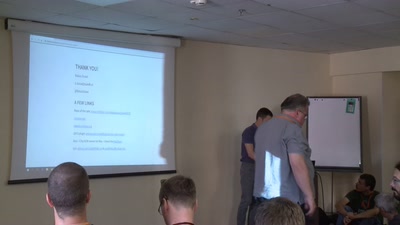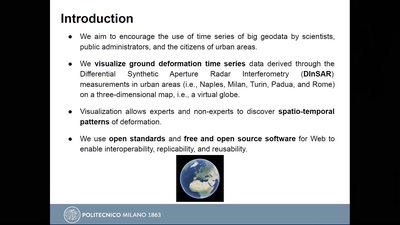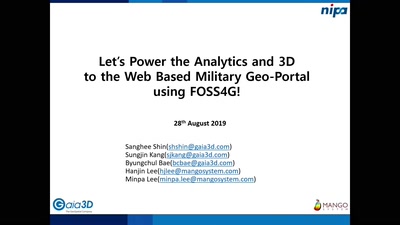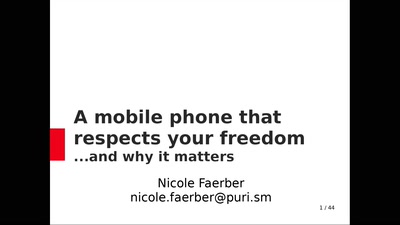Francesco Pirotti, Michele Munfò, Mattia Crespi, Antonio Pepe, Piero Boccardo, Maria Brovelli and Gloria Bordogna
Nowadays about 54% of world population lives in urban areas and, according to the 2014 UN-ESA report, this percentage is expected to increase up to 66% by 2050. We are clearly facing a rapid and global trend, that will affect daily life in the next few decades. It is, therefore, crucial to managing this social and cultural change in a much more sustainable way, compared to what was done in the past.
Within this framework, the collection, integration, and sharing of reliable and open spatial information is a key factor, benefiting both of different space (Earth Observation (EO) satellites and Global Navigation Satellite Systems (GNSS)) and ground (low-cost devices networked in the Internet of Things (IoT), 50 billion are expected within 2020) technologies.
The contribution deals with the general presentation of the Urban Geo Big Data, a collaborative acentric and distributed free and open source platform consisting of local data nodes for data and related service Web deploy, a visualization node for data fruition, a catalog node for data discovery, a CityGML modeler, data-rich viewers based on virtual globes, an INSPIRE metadata management system enriched with quality indicators for each dataset.For data visualization and analysis, a 3D model of the urban environment was created. CityGML is an open standard that has been thoroughly tested in the past years. One of the activities in this project was to create an Extract, Transform and Load (ETL) procedure for converting information from cartographic sources into CityGML at LOD1 (Level of Detail 1). Data are viewable by means of Cesium or Web World Wind depending on the specific examined case.
Three use cases in five Italian cities (Turin, Milan, Padua, Rome, and Naples) are examined: 1) urban mobility; 2) land cover and soil consumption at different resolutions; 3) displacement time series. Concerning mobility data and analysis, particular attention has been given to data modeling and processing algorithms with the aim to deliver value-added information enabling standard and innovative services (Origin/Destination matrix, flows checking, routing options, etc.) based also on crowdsourced data. Land cover and soil consumption data derive from semi-automatic classification of Sentinel 1 and 2, integrated with Copernicus land monitoring services at different resolutions and enhanced by photo-interpretation. Several environmental and landscape indicators are assessed at municipal level, exploiting spatial datasets.
For displacement, SAR derived time series and the related Web services (WMS, WFS, and WMTS) metadata in RNDT format (the Italian extension of INSPIRE format) are automatically generated thus relieving the data provider from the need to create them manually.
Besides the case studies, the architecture of the system and its components will be presented.
None

